Insuring Your Mobile Home: A Guide to Protecting Your Investment
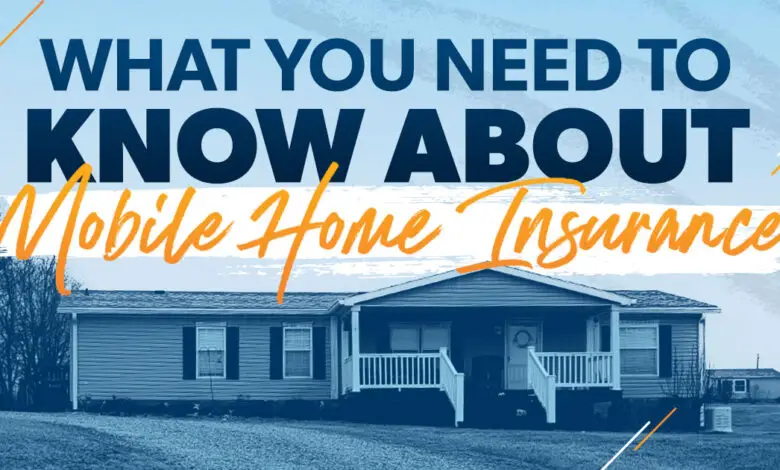
People moving to Texas for warmer weather and other benefits might find traditional housing out of their price range. One alternative widely used by senior citizens and other Texas residents is purchasing a mobile or manufactured home and parking it in a mobile home community or on a purchased piece of land. One major concern with manufactured homes is their safety when bad weather comes or in case of fire. Mobile home manufacturing standards have improved greatly over the last few decades, and a few additional steps when the home is installed can make a big difference.
Insuring Mobile and Manufactured Homes
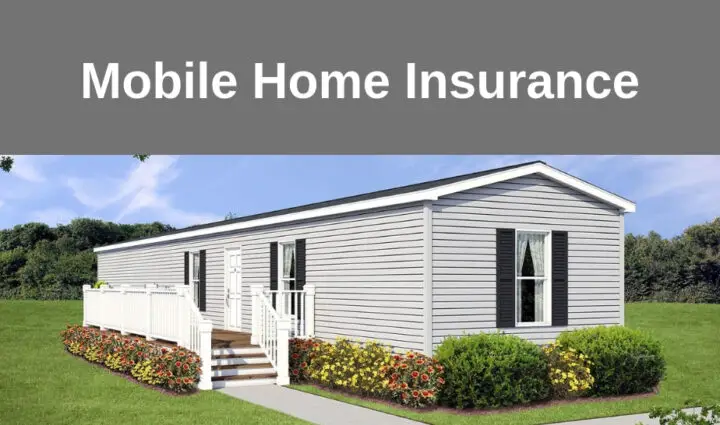
It is important to insure any large investment, and a home is no exception. Whether a home is stick-built on-site or manufactured off-site and delivered to the home site, it still represents a very large investment. Unlike a car, if a manufactured home is destroyed, the family home is gone. Insuring a manufactured or mobile home is a little different than insuring a stick-built home. Seeking an insurance company that specializes in insuring manufactured homes is an important first step. Getting information from mcknightins.com can be very helpful.
An insurance company that specializes in mobile or manufactured home protection will have all the information a homeowner needs to decide on a policy that meets their needs. Many insurance companies will have guides and requirements for how a mobile home is installed and other safety measures to be followed. These requirements protect the insurance companies and the homeowner. The financial institution that finances the purchase of the mobile home would also have certain requirements for insurance coverage and safety measures.
Mobile Home Owner’s Rights and Rules in Texas
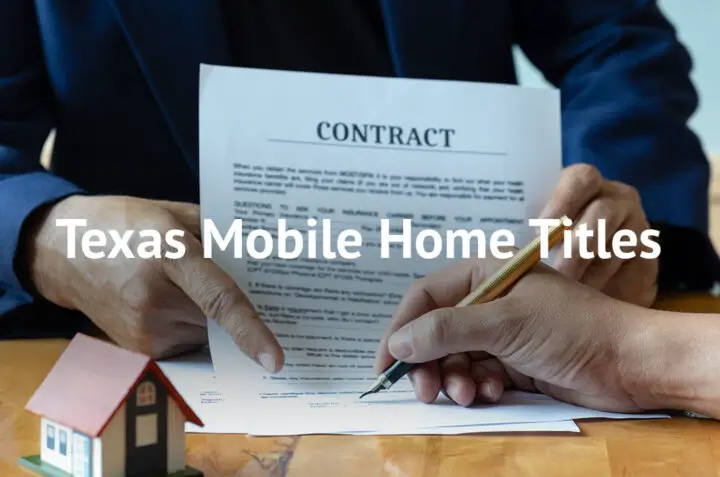
Texas, like many other states, will have rules governing mobile homes, mobile home communities, and mobile home owners’ rights. The Texas Manufactured Home Tenancies Act lists the responsibilities and the rights of mobile home owners renting lots for their mobile homes. It is important to become familiar with this legislation and to know about mobile homeowners’ rights when renting lots for that home.
There are mobile home parks that own the mobile homes as well as the lots and rent them to tenants on a monthly or specific lease period basis. Leasing tenants have been abused in the past, so this legislation gives them much-needed protection. Mobile homeowners who rent lots also need protection. Mobile park owners are not all upstanding, honest businessmen.
In the past, many mobile home park owners could sell the park and evict the tenants without proper notice or procedures, leaving people in dire straights. They would be homeless while looking for new places to live or have a very short time to find a new lot to rent for their mobile home. This legislation protects mobile home owners and renters in the following ways.
- The owners must provide a written lease of at least six months of initial time. Read these leases carefully before signing.
- The new mobile home resident must be given a written set of park rules as a condition of the new lease.
- The park owner must give tenants at least 60 days written notice of non-renewal of the lease, no matter what the original lease term calls for.
- The park owner must accept cash and other payments for rental charges and give the tenant a written receipt.
- The mobile home park or community must disclose in writing the names of the park owners.
- The park owners or managers are not allowed to retaliate against tenants of the park who complain about health or safety hazards to local authorities.
These rules can protect the park owners as well as the tenants. People can still be evicted from the park with cause and proper notice. If tenants break the written rules or fail to pay agreed-upon rent, they get proper notice and a chance to make up back rent or address the broken rule issue. If the tenant does not make things right, they will be evicted. The owner must file an eviction lawsuit against the tenant. A notice to vacate is sent, then a judge must issue a writ of possession served by a sheriff’s deputy or a constable.
Proper Installation and Other Manufactured Home Safety Measures
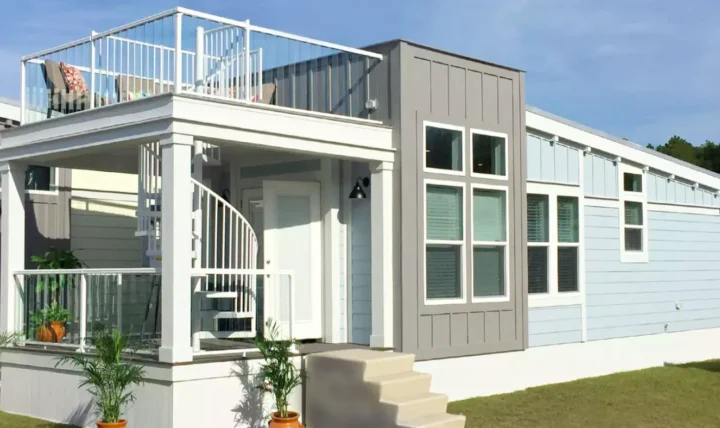
One of the risks of manufactured or mobile home living is the danger from tornadoes and wind storms. Mobile homes are vulnerable if they are not installed securely. Experts say that the box of the mobile home is built well and very few mobile home roofs are blown off during storms. The death and injury of residents come from the mobile homes not being anchored well enough to keep them in place during storms.
These anchorage failures cause most mobile home damage during storms:
- Not taking a more active role in the mobile home installation process so the installers can cut corners in anchoring the home.
- Not investing a little more money in an upgraded anchorage system that will protect the home during storms.
- Letting the installers use a “pan system” to install the home. This pan system includes a pan that rests on the ground but is not anchored to the ground in any way, and a system of steel tubes that brace the home frame against the pan. During tornadoes, this system can fail in a horrible way.
- Setting a mobile home on a system of cement blocks or a cement slab without proper anchors or straps is a huge mistake.
- Letting the anchors or straps corrode and become brittle or entirely compromised leaves the home vulnerable to storms. Inspect and replace anchors and straps as needed.
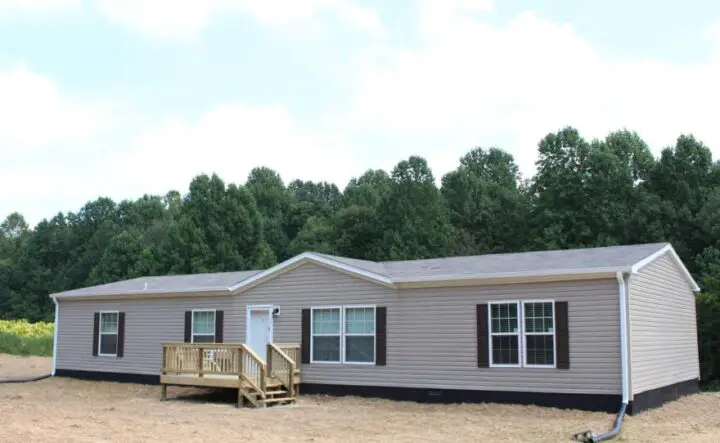
Saving a little money on mobile home installation can have life-threatening results in big storms. The U.S. is divided into three wind zones. Zone one is the lowest wind possibility and three is the highest wind possibility. There are installation safety standards for each zone. It might be best to use the standards for the next zone up for safety. Climate change is making for more storms and worse storms in all zones.
Upgrades for storm safety include adding more anchors or tie-down straps to further resist uplifting forces. States and communities don’t always have adequate building codes in place for mobile home installation. It might be a good thing for groups of mobile homeowners to petition governments for better building standards to protect them.

